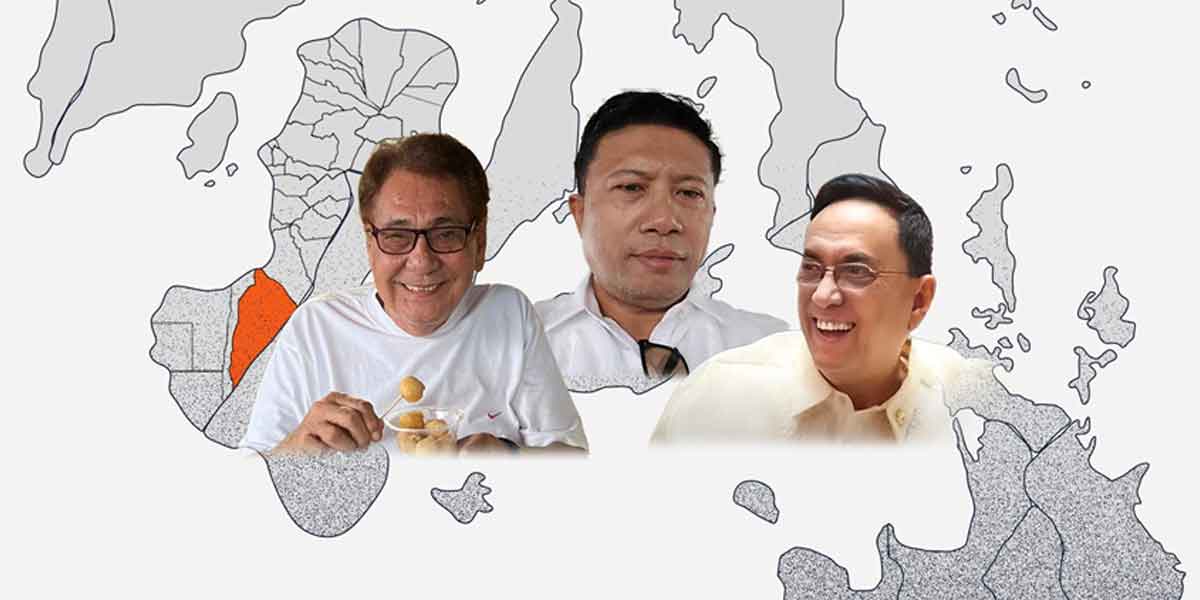
Policies that support employment and workers, raise education quality and improve access, boost rural development, and strengthen social protection can reduce inequality, thus enhancing Filipino peoples’ chances for improving their well-being.
In a report titled “Overcoming Poverty and Inequality in the Philippines: Past, Present, and Prospects for the Future” released recently, the World Bank said that the Philippines has made important gains in poverty reduction.
Driven by high growth rates and the expansion of jobs outside agriculture, poverty fell by two-thirds—from 49.2 percent in 1985 to 16.7 percent in 2018.
By 2018, the middle class had expanded to nearly 12 million people and the economically secure population had risen to 44 million.
Yet inequality remains high: the top 1 percent of earners together capture 17 percent of national income, with only 14 percent being shared by the bottom 50 percent.
With an income Gini coefficient of 42.3 percent in 2018, the Philippines had one of the highest rates of income inequality in East Asia.
“The Philippines aims to become a middle-class society free of poverty by 2040, but we know from global experience that no country has managed to make this transition while maintaining high levels of inequality,” said Ndiamé Diop, World Bank Country Director for Brunei, Malaysia, Philippines, and Thailand.
“Inequality of opportunity and low mobility across generations wastes human potential and slowdown innovation, which is crucial for building a competitive and prosperous economy that will in turn improve the well-being and quality of life of all Filipinos.”
The report highlights that the expansion of secondary education, mobility to better-paying jobs, access to basic services, and government social assistance have started to reduce inequality since the mid-2000s.
However, unequal opportunities, slow access to tertiary education among low-income households, inequality in returns to college education, and social norms putting the heavier burden of childcare on women has slowed down the narrowing of inequality in the Philippines.
Despite the strong recovery of growth and the labor market, COVID-19 pandemic has partly reversed decades-long gains in reducing poverty and inequality in the Philippines. It halted economic growth momentum in 2020, and unemployment shot up in industries that require in-person work. In 2021, the national poverty rate rose to 18.1 percent despite government assistance.
Recovery in the Philippines is uneven across the income distribution and the poorest who suffered the most from COVID have yet to fully recover their incomes. With food prices going up, many families coped by reducing their consumption, including eating less. These coping strategies can have serious consequences on the health and nutrition of children in these vulnerable households.
The report says that inequality starts even before birth and is perpetuated over the life cycle. It starts with maternal nutrition and health during pregnancy. Differences continue into childhood, where disparities in access to health care, proper nutrition, safe drinking water, sanitation, and quality education determine the extent to which a child’s human capital develops.
“Inequality shapes outcomes later in life, such as employment opportunities and income, which in turn influence how much support adult Filipinos are able to provide for their children to help maximize their potential,” said Nadia Belhaj Hassine Belghith, Senior Economist with the East Asia Poverty Global Practice covering Thailand and the Philippines who led the study.
The report says that policy priorities to reduce inequality in the Philippines can be structured around three themes, including healing the pandemic’s scars and building resilience, setting the stage for a vibrant and inclusive recovery, and promoting greater equality of opportunity.
Healing pandemic’s scars will require promoting greater vaccine booster uptake, overcoming the learning loss due to COVID-19, strengthening social assistance, unemployment insurance programs for the informal sector, and taming inflation.
Setting the stage for vibrant recovery entails reskilling of workers, promoting entrepreneurship, increasing the participation of women in the labor force, and raising the productivity of agriculture.
Promoting greater equality of opportunity entails increasing access to quality health care, increasing equality of opportunity in education, and improving access to quality housing, among others. Equality of opportunity needs to target the lagging regions and other people disadvantaged in accessing these because of the circumstances of their birth.
Key Findings
- The Philippines has made significant progress in reducing poverty, but income inequality has only recently begun to fall. Thanks to high growth rates and structural transformation, between 1985 and 2018 poverty fell by two-thirds. However, income inequality did not begin to decline until 2012. It is still high: the top 1 percent of earners together capture 17 percent of national income, with only 14 percent being shared by the bottom 50 percent.
- Several structural factors contribute to the persistence of inequality. The expansion of secondary education and mobility to better-paying jobs, citizen ownership of more assets and access to basic services, and government social assistance have helped reduce inequality since the mid-2000s. However, unequal opportunities, lack of access to tertiary education and a scarcity of skills, coupled with inequality in returns to college education, gendered social norms and childcare, and spatial gaps, sustain inequality.
- Inequality of opportunity limits the potential for upward mobility. While there has been considerable progress in expanding access to basic services such as electricity, safe drinking water, and school enrollment, large disparities limit the development of human capital. Inequality of opportunity and low intergenerational mobility waste human potential, resulting in a lack of innovation and a misallocation of human capital in the economy.
- While schooling is widely accessible, its quality and attainment vary by income group. Children from poorer households are less likely to be enrolled and, if they are, to reach age-appropriate grade levels. That means they are less likely to reach tertiary education, which severely constrains their earning potential and their prospects for upward mobility. With the relatively low share of workers with tertiary education, the premium for college education has remained high. Additionally, tertiary education tends to deliver much higher returns for rich than poor households, possibly due to differences in school quality or f ields of study and employment.
- COVID-19 partly reversed decades-long gains in reducing poverty and inequality. The pandemic halted economic growth momentum in 2020, and unemployment shot up in industries that require inperson work. In 2021, poverty rose to 18.1 percent despite large government assistance. The economy has begun to rebound but signs are emerging that the recovery will be uneven. Prolonged loss of income has taken a heavy toll on the poorest households. With food prices going up and a reliance on adverse coping strategies, among them eating less, there is a risk of serious consequences for the health and nutrition of children in vulnerable households.
- The shock from the COVID-19 pandemic led to a shift in the workforce to less productive sectors and occupations. Employment in wage work has notably decreased and employment in agriculture has risen. These trends have been concentrated among youth and the least educated, which suggests an uneven recovery and widening income inequality.
- The pandemic is likely to result in long-term scarring of human capital development. Over half of households estimate that their children learned from remote learning less than half what they would have learned from face-to-face schooling. The proportion increases to 68 percent in poor households. Extended distance learning is expected to have reduced the learning-adjusted years of schooling by over a full year. Learning loss, combined with the de-skilling associated with prolonged unemployment, could lead to sizable future earnings losses.
- Job polarization could further increase as the nature of work changes. Job polarization among wage workers emerged between 2016 and 2021: employment in middle-skilled occupations went down and employment in both low-skilled and high-skilled occupations went up. This pattern may rise with the transformation of jobs post-COVID-19 and could increase prevailing disparities in incomes.
- Policy can reduce inequality by supporting employment and workers, improving education access and quality, promoting inclusive rural development, strengthening social protection mechanisms, and addressing inequality of opportunity.






















